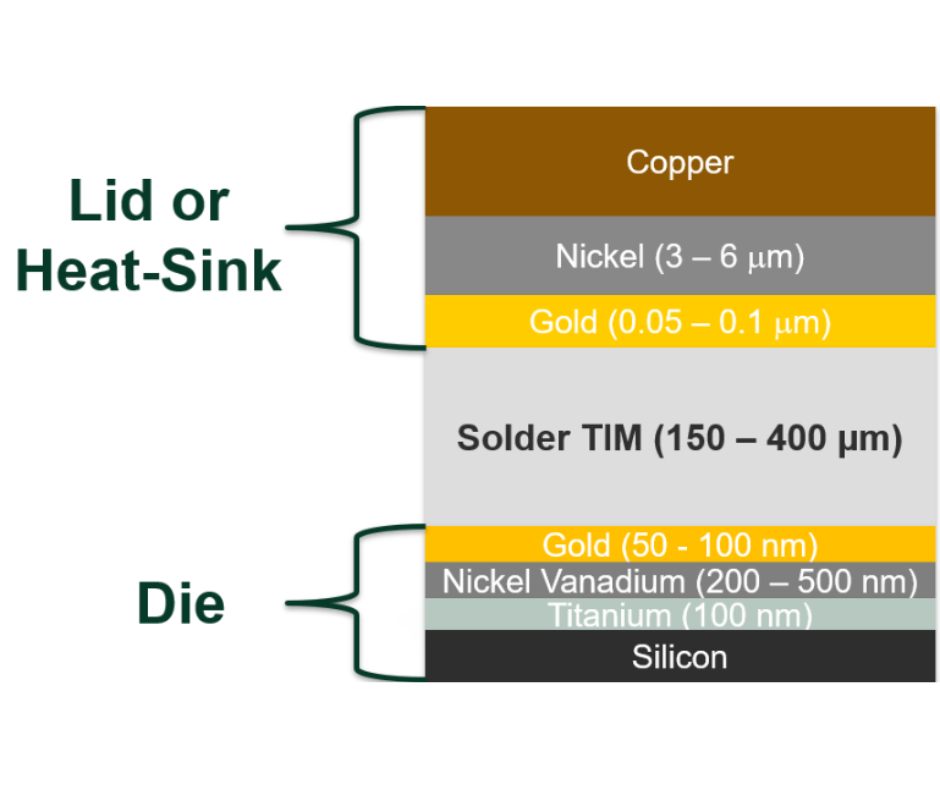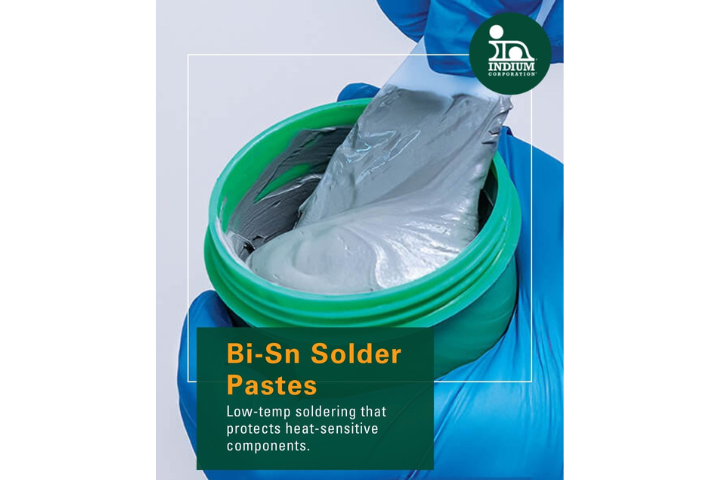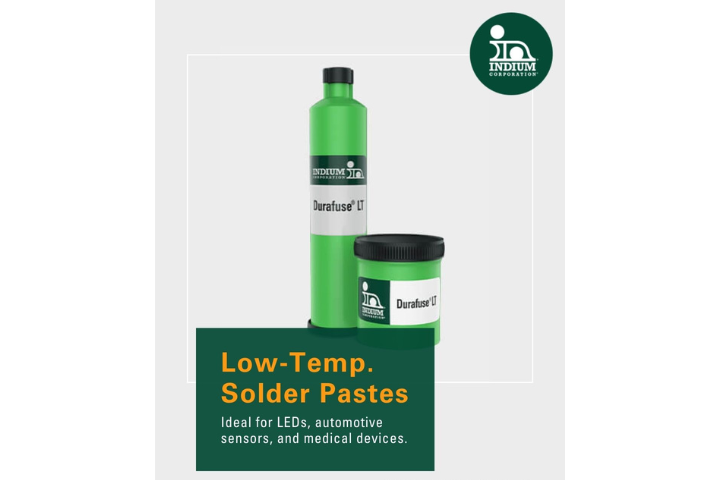What is in store for us 5 or 10 years from now? My best guess is that new substrate materials, chemical restrictions, and lower cost surface finishes will challenge alloy and flux selection.
1) Substrate materials and solder masks are wild cards on my radar. I really don’t have a good feel for what will happen next, but material changes could raise compatibility concerns with flux residue, even just cosmetic reactions could create a large need for technical application assistance.
2) If you have been involved with soldering in the last 3 years, you’ve already lived through the confusion of RoHS, “Halogen free”, and the beginning of REACH. Chemical restrictions don’t lighten up, they constrict industries like ours. Sure, we will all learn to live with a smaller potential chemical set for new formulations, but restrictions will continue on into the 2010’s.
3) Lower cost surface finishes will also challenge fluxes and alloys. Due to cost considerations, less easily soldered metals (like nickel) will find use in microelectronics. In fact, they already have in some area array packages. The chemical balancing act will be very hard for fluxes which need to drastically increase activity while cleaning easily and having a long shelf/working life – all without halogens.
It’s not all bad news though, because these are challenges that we will overcome as an industry. Our material set will evolve and the limits of what can be soldered will be pushed back. In the end we will be making smaller/faster/lighter electronic devices and selling them for less than current models.



